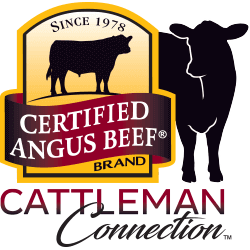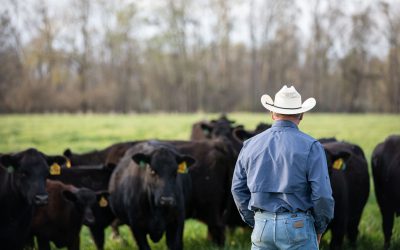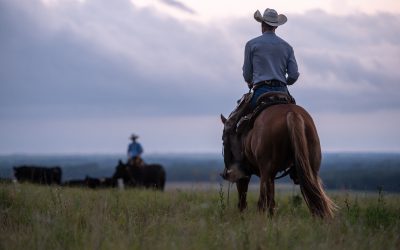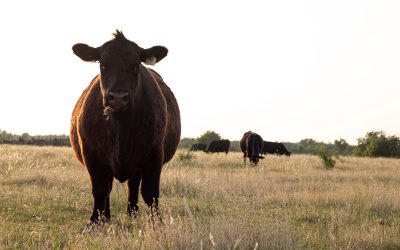
Fewer fires to fight
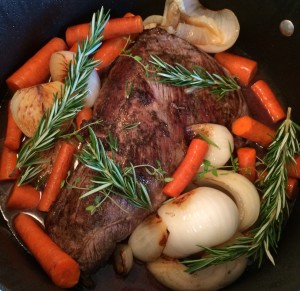
In my book of comfort food, it’s really hard to beat a good pot roast, so when cooler temps dipping into the 50s hit eastern Kansas this week, I jumped at the opportunity to pull out my Dutch oven. As I slid my Certified Angus Beef® roast into the pot for a good braising last night, I almost instantly found myself standing on a chair in the middle of my kitchen feverishly trying to disengage the smoke alarm. That’s the fourth time this week I’ve had the same episode. Shaking my head I wondered, who in their right mind puts a smoke detector that close to a stove top where any kind of searing, sautéing or general cast iron magic is sure to send the kitchen into audible chaos?!
Earlier this summer we had the opportunity to move into a new place to call home. We chose our very modest farmstead because we knew it had a lot of potential, but the truth is, from smoke detector placement to landscape to fencing – we’ve more than once thought, “I sure wouldn’t have done it that way.”
As I was cleaning up the kitchen last night and simultaneously discussing veterinarian preg-checking appointments and planning upcoming weaning logistics with my husband, I couldn’t help but think about feedlots and wonder how often they’ve felt the way I did standing on that chair in my kitchen thinking, “I sure wouldn’t have done it that way.”
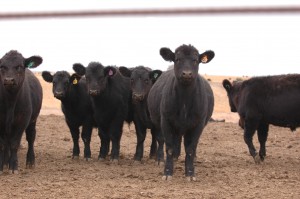
While it’s always best to consult your veterinarian on health management, I’d also recommend reviewing our Best Practices Manual for ways to fine-tune your weaning strategies. When your weaning and backgrounding management are on the same wavelength as your feedlot, you have more room for market negotiation and your feeder is less likely to have a need for putting out fires. The foundation for good cattle marketing is set in good management. Make sure the one you’re laying is one that the feeder can build on for a profitable, high-quality end product.
~Kara
You may also like
Progress from small steps
Every day is a chance to learn and get better. Thousands of others like my new friends in Alabama are taking steps to meet the shifts in consumer demand, and to know more. Small steps in the right direction can start now. Even if it’s just recording a snapshot of where you are today, a benchmark for tomorrow.
Not perfect, but working to get better
The CAB Cattleman Connection team heard its name called more than once in the virtual ceremonies, and each time came a sense of personal accomplishment, but even better: confirmation that we’re getting better at our craft. I hope that means we’re doing a better job for you.
Beefed up findings
Frank Mitloehner presents his findings on the animal ag sector’s impact on global warming. He explains how cattle counterbalance other fossil fuel sectors, proving that cattle are a solution and not a threat.
